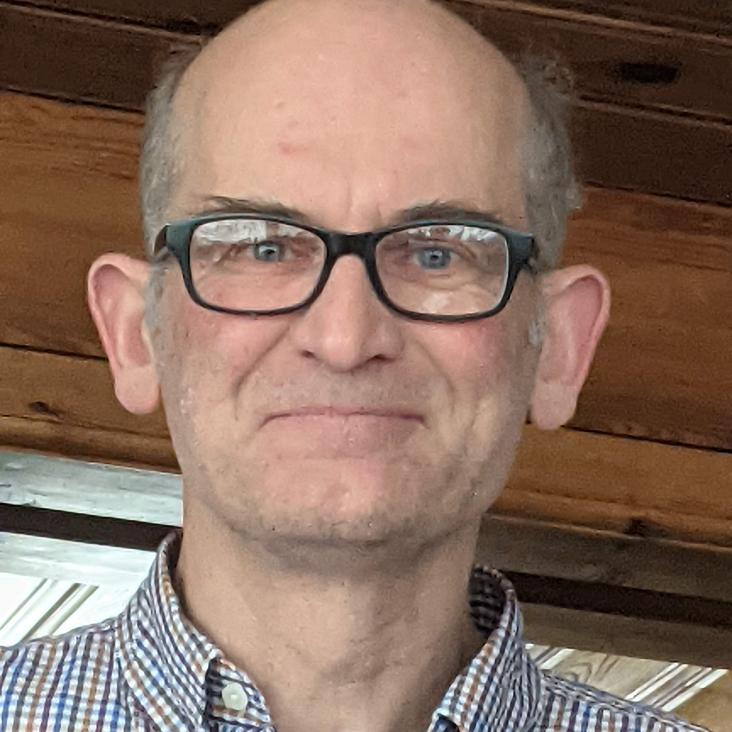An off-the-shelf guider for the Palomar 200-inch telescope: interfacing amateur astronomy software with professional telescopes for an easy life
Proceedings of SPIE--the International Society for Optical Engineering SPIE, the international society for optics and photonics 9147 (2014) 91472g-91472g-7
Performance of the K-band multi-object spectrograph (KMOS) on the ESO VLT
Proceedings of SPIE--the International Society for Optical Engineering SPIE, the international society for optics and photonics 9147 (2014) 91470w-91470w-9
The spectrograph units for the HARMONI integral field spectrograph
Proceedings of SPIE--the International Society for Optical Engineering SPIE, the international society for optics and photonics 9147 (2014) 914797-914797-8
KMOS @ the VLT: Commissioning and Early Science
Proceedings of the International Astronomical Union Cambridge University Press (CUP) 10:S309 (2014) 11-16
Fast and Slow Rotators in the Densest Environments: a SWIFT IFS study of the Coma Cluster
ArXiv 1308.6581 (2013)


